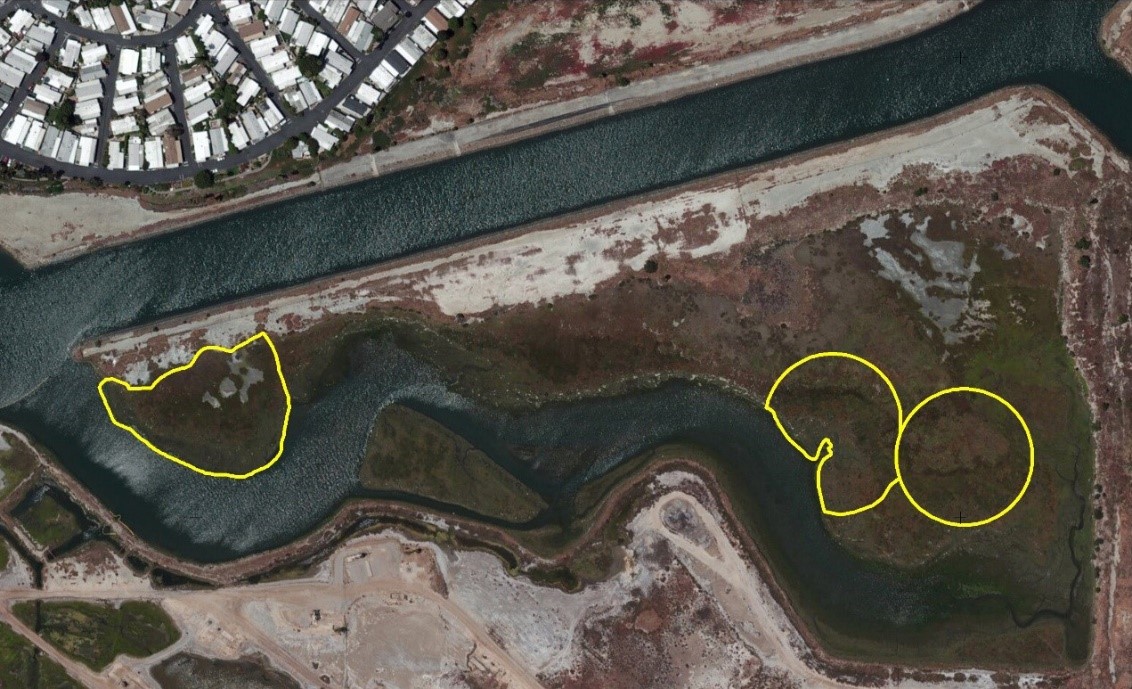Standard protocols for estuary assessments published in manual

The Santa Monica Bay Foundation and its partners, including SCCWRP, have completed a draft guidance document that establishes standard protocols for monitoring and assessing coastal lagoons and intertidal estuaries in Southern California.
The guidance manual was submitted in June to the U.S. Environmental Protection Agency for final review and publication; it marks the first time that intensive, site-specific assessment methods have been standardized for use in coastal estuaries and lagoons across Southern California.
Standard operating procedures are important because they allow for comparison between sites and thus allow for data about wetland condition to be compiled at a regional and statewide level.
The guidance manual, titled “Standard Procedures for Estuarine Wetland Monitoring Manual,” features procedures for monitoring soil/sediment, water quality, invertebrates, fish, birds and mammals. For each parameter, simple and intensive levels of assessment are summarized, along with information on accuracy, repeatability, time and cost considerations.
The intent is that individual projects or sites can develop specific ambient monitoring programs designed to meet their objectives/questions by using different combinations of procedures from the manual.
The standardized protocols for each parameter were selected based on a review of previously developed methods and analysis of their relationship with rapid assessment data.
The guidance manual represents a major breakthrough in efforts to share site-specific assessment information among studies. The lack of a consistent approach fostered redundancy, with each site developing independent protocols and generating data that could not be compared.
Standardized protocols are already in place for rapid assessments, including the California Rapid Assessment Method.
The guidance manual is expected to be released this fall. For more information, contact Dr. Eric Stein.
More news related to: Bioassessment